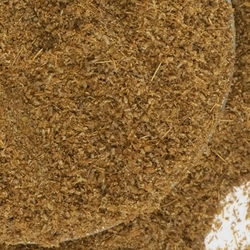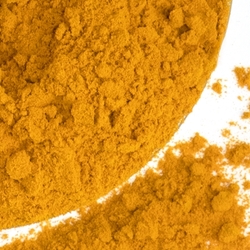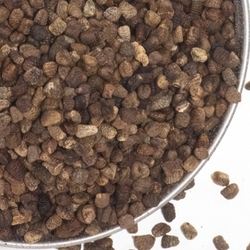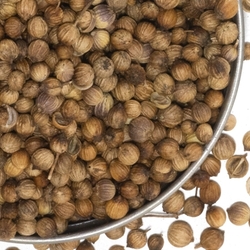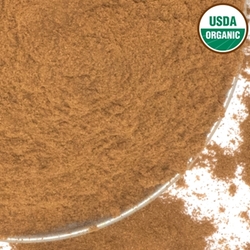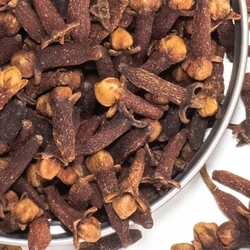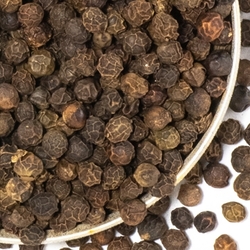Volatile Oils of Spices
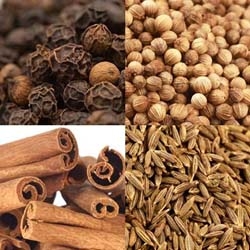
We love to cook, and chances are that you have at least some interest in it, too, because you're reading this! Whether you follow every recipe to the ‘t' or create your own recipes from scratch, there is no denying that cooking is a science. Starting with the ingredients you combine, all the way to the type of heat and cooking surface you use, science can be seen working in every step. Today, we're going to talk about the science behind how spices get their flavors. Chileheads may know that chiles get their heat from chemicals that form capsaicin, but most other spices, and even herbs get their flavor and aroma from a different substance - volatile, or essential oils.
Table of Contents
Do Different Spices Have Different Amounts of Volatile Oil?
What Are Volatile Oils?
Volatile oils, explained simply, are the oils contained in almost every whole spice including the leaf, seed, stem, root or bark. These oils may contain up to several hundred chemical compounds and when combined, this mixture gives spices their characteristic flavors and aroma. A majority of the volatile oils are stored in the whole form of spices, where over time they will slowly break down. Volatile oils will also be released when a whole spice is broken or ground. This is why freshly ground peppercorns and cumin smell and taste much stronger when they have recently been ground (and why we like to grind these in house).
Do Different Spices Have Different Amounts of Volatile Oil?
The best example of differences in volatile oils can most easily be shown in cinnamon. Cinnamon powder is the ground bark of a variety of "cinnamon" trees. This bark, most often referred to as cinnamon sticks, are ground to create cinnamon powder. The bark of each type of tree that is used to make cinnamon powder contains a different amount of volatile oils. One type of cinnamon called Korintje contains 3% volatile oil, while Saigon cinnamon contains between 4% and 6% volatile oil (a very high percentage). This creates the very distinct flavor characteristics depending on the concentration of volatile oils.
Spices with the Highest Amounts of Volatile Oils
Cinnamon is not the only spice that has a high percentage of volatile oils, as you probably could have guessed. Some of the other spices that have high percentages of volatile oils include but are not limited to peppercorns, coriander, cardamom, cloves and turmeric.
When you smell spices in their whole form they may or may not have a strong aroma but when freshly ground it's almost like the volatile oils are brought to life! One easy way that spice experts determine how long ago spices have been ground is to smell them. Even though these spices with high volatile oil contents smell extremely delicious when they are first ground, the higher the oil content, the quicker the flavor and aroma will dissipate. This is the primary reason that we grind as many spices as possible in-house weekly or bi-weekly, the aroma fills our entire building. This is why our ground spices smell so good when our customers receive their orders.
How Volatile Oils Are Measured
So now you know what volatile oils are, but you may be wondering how we measure these oils that are such a small fraction of the herbs and spices that we eat. This test is actually a laboratory test executed by scientists who take a spice, let's say ground turmeric, and boil it in water. This process helps to extract the oil from the ground turmeric. The condensed water and oil is then removed so it can be evaluated.
We love to cook with spice, but we think that understanding the science behind them makes them even more magical. Now that you know a little bit about volatile oils you will be able to determine the quality of spices that you purchase. You will also be able to evaluate freshness by the aroma of spices and herbs. This is especially helpful when deciding whether to buy your spices from a grocery store or bulk warehouse where spices may have been sitting for months after they have been ground or purchase them from a supplier that grinds them weekly. You have the choice, which one will you pick?


